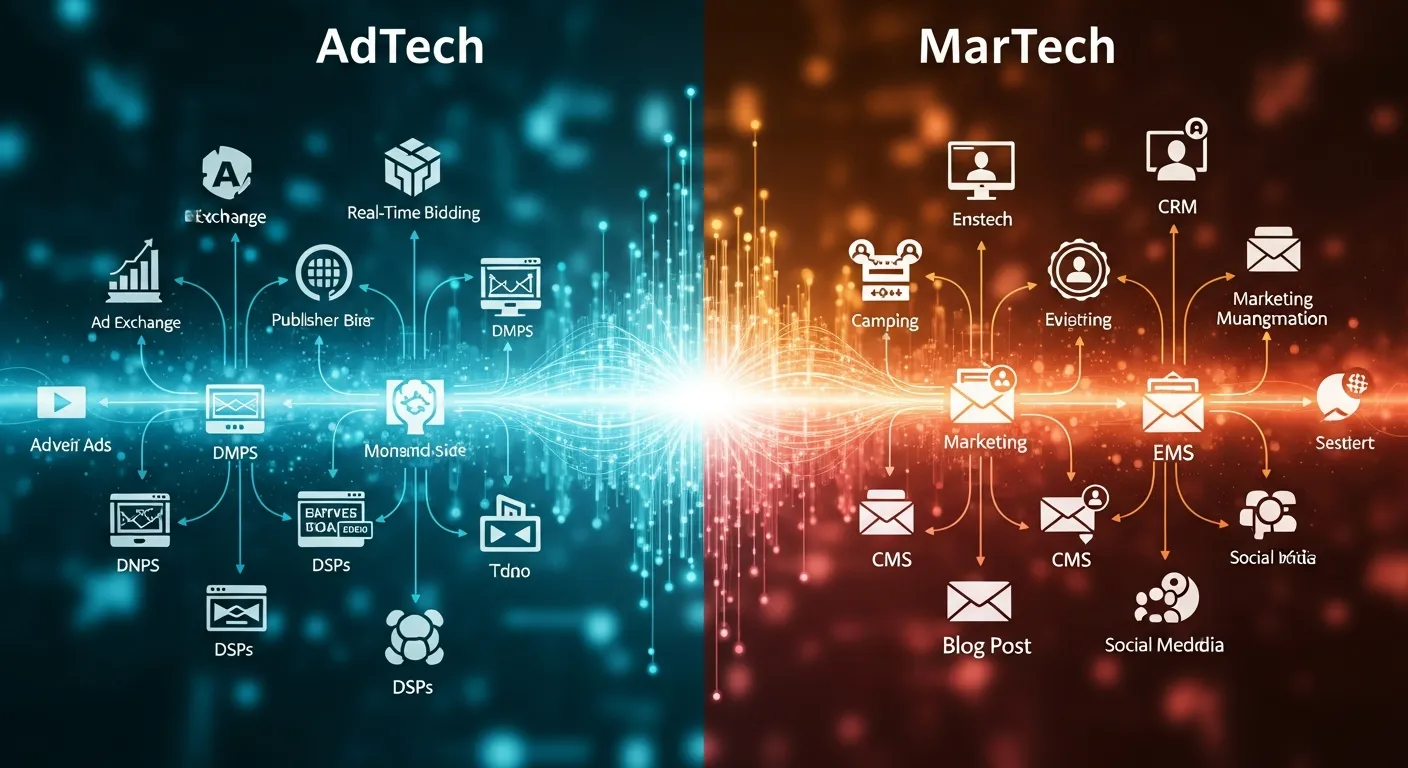The no-code movement is reshaping how businesses approach software development, making it accessible to those without technical backgrounds. As organizations strive for agility and efficiency, no-code platforms are gaining traction, enabling users to create applications quickly and cost-effectively. This trend is not just a passing phase; it’s revolutionizing industries by democratizing technology.
In 2023, the no-code industry is witnessing significant innovations that cater to diverse needs, from startups to large enterprises. Companies are leveraging these tools to streamline processes, enhance collaboration, and accelerate digital transformation. With the rise of citizen developers, the landscape is evolving rapidly, and understanding these trends is crucial for anyone looking to stay ahead in the digital age.
Table of Contents
ToggleOverview of No-Code Industry Trends
The no-code industry is transforming how organizations approach software development, enabling broader participation across various sectors. In 2023, trends indicate increased integration of no-code solutions into enterprise environments, demonstrating their adaptability and effectiveness.
Key trends include:
- Growth of Citizen Developers: More employees, regardless of technical background, create applications, leading to a surge in productivity and innovation within organizations.
- Enhanced Collaboration: No-code platforms encourage collaboration between technical and non-technical teams, fostering a more inclusive development environment.
- Focus on User Experience (UX): Platforms are prioritizing user-friendly interfaces, simplifying the process of application creation and improving end-user satisfaction.
- Increased Security Features: With the rise in no-code adoption, enhanced security measures are being integrated into platforms to protect sensitive data and ensure compliance.
- Integration with AI: Many no-code tools incorporate AI capabilities, allowing users to leverage advanced functionalities without needing coding skills.
The convergence of these trends showcases the growing importance of no-code solutions, as organizations of all sizes leverage this technology to drive efficiency and foster digital transformation.
Growth of No-Code Platforms

No-code platforms are witnessing robust growth, driven by increased demand for agility and efficiency in software development. These tools enable a broad spectrum of users to create applications without traditional coding skills, reshaping the tech landscape.
Key Players in the Market
Key players in the no-code market include platforms like Airtable, Bubble, and Webflow.
- Airtable: Combines spreadsheet features with database capabilities, allowing users to manage projects efficiently.
- Bubble: Provides a comprehensive drag-and-drop interface, empowering users to build complex web applications.
- Webflow: Focuses on design, allowing users to create responsive websites without coding.
These companies drive innovation, enhance functionality, and expand the user base by catering to various needs across industries.
Market Size and Projections
The no-code market is growing rapidly, with a projected value reaching $21.2 billion by 2027, according to market research by Grand View Research.
- 2023 Value: Estimated at $10.3 billion, indicating a growth of 104% over four years.
- Adoption Rate: An anticipated increase in user adoption among enterprises and startups reflects the demand for faster digital solutions.
These statistics highlight the expanding role of no-code platforms in transforming how applications are developed and managed across diverse sectors.
Benefits of No-Code Development
No-code development offers several advantages that propel organizations toward efficiency and innovation. It streamlines processes while making technology more accessible.
Faster Time-to-Market
No-code platforms enable organizations to launch applications quickly. Teams can build prototypes and deploy solutions within days or weeks instead of months. This agility allows businesses to respond swiftly to market changes and user feedback. Enhanced collaboration between departments accelerates project timelines, optimizing resource allocation without sacrificing quality. By minimizing reliance on traditional development cycles, companies can penetrate markets faster, giving them a competitive edge.
Accessibility for Non-Technical Users
No-code development democratizes technology, empowering non-technical users to contribute significantly. Individuals without coding backgrounds can create applications using intuitive interfaces, leading to increased innovation. Employees can address internal challenges directly, reducing bottlenecks in IT departments. This accessibility fosters a culture of creativity and initiative, as citizen developers feel more engaged in driving solutions. Enhanced user experience (UX) features cater to these users, ensuring that the platforms remain user-friendly and effective.
Challenges Facing the No-Code Movement
The no-code movement faces several challenges that can impact its widespread adoption and effectiveness. Key areas of concern include limitations of no-code solutions and security and compliance issues.
Limitations of No-Code Solutions
No-code platforms, while empowering users, present several limitations. Functionality often lacks in complex apps where customization is crucial. Scalability challenges can arise when an application experiences rapid growth, leading to performance issues. Integration capabilities may fall short, especially when connecting to legacy systems or specialized software. Additionally, users might find it difficult to achieve desired outcomes without understanding underlying processes, limiting creativity.
Security and Compliance Concerns
Security and compliance issues represent significant hurdles for the no-code movement. Many no-code platforms are susceptible to security vulnerabilities that can compromise sensitive data. Compliance with industry regulations, such as GDPR and HIPAA, often proves challenging, as users may lack knowledge of legal requirements tied to data handling. Organizations also face risks related to data access control, as non-technical users create applications without stringent oversight. Addressing these concerns is essential for building trust and encouraging broader adoption of no-code solutions.
Future Predictions for No-Code Development
In the coming years, no-code development is set to evolve significantly, driven by technological advancements and changing business needs.
- Increased Adoption by Enterprises
Enterprises are expected to embrace no-code platforms more widely to streamline operations and reduce development costs. As these platforms mature, companies will depend on them for rapid application deployment to maintain competitive advantages.
- Rise of Advanced Functionality
Advanced functionalities, such as integration with artificial intelligence and machine learning, will become more commonplace. These enhancements will allow users to create sophisticated applications without needing extensive technical knowledge, broadening the range of tasks that no-code solutions can address.
- Expansion of Citizen Development Programs
Citizen development programs will grow in popularity as organizations recognize the benefits of empowering non-technical employees. By facilitating training and resources, companies can leverage employee creativity and problem-solving, boosting innovation across all levels.
- Improved Security Measures
To address security concerns, no-code platforms will implement robust security features, including advanced encryption and compliance tools. As data protection regulations evolve, platforms will enhance their offerings to ensure user data is safeguarded and compliant with standards like GDPR and HIPAA.
- Integration with Legacy Systems
Seamless integration with legacy systems will emerge as a critical focus area. Suppliers will create features that facilitate better connectivity between new no-code solutions and existing technology infrastructures, allowing for smoother transitions and improved workflows.
- Data-Driven Decision Making
The incorporation of analytics into no-code platforms will empower users to make data-driven decisions. Real-time insights and analytics will enable non-technical users to track performance and optimize applications based on user feedback and engagement metrics.
- Market Consolidation
As the no-code market matures, consolidation among leading platforms is likely. Mergers and acquisitions will enhance product offerings, streamline services, and attract broader user bases, resulting in more comprehensive solutions for businesses.
- Niche Solutions for Specific Industries
The growth of niche no-code platforms targeting specific industries will become prominent. Tailored features designed for healthcare, finance, and education sectors will address unique challenges while enhancing compliance and operational efficiency.
These trends indicate a dynamic future for no-code development, characterized by increased accessibility, functionality, and security in application development.
The no-code movement is set to redefine the landscape of software development. As organizations embrace these platforms, they’re not only enhancing efficiency but also fostering a culture of innovation. The rise of citizen developers is a testament to the democratization of technology, allowing more individuals to contribute creatively.
With advancements in AI and improved security measures, the potential for no-code solutions continues to expand. Companies that prioritize these tools will likely find themselves at a competitive advantage. As the market evolves, staying informed about these trends will be crucial for businesses looking to thrive in an increasingly digital world.






